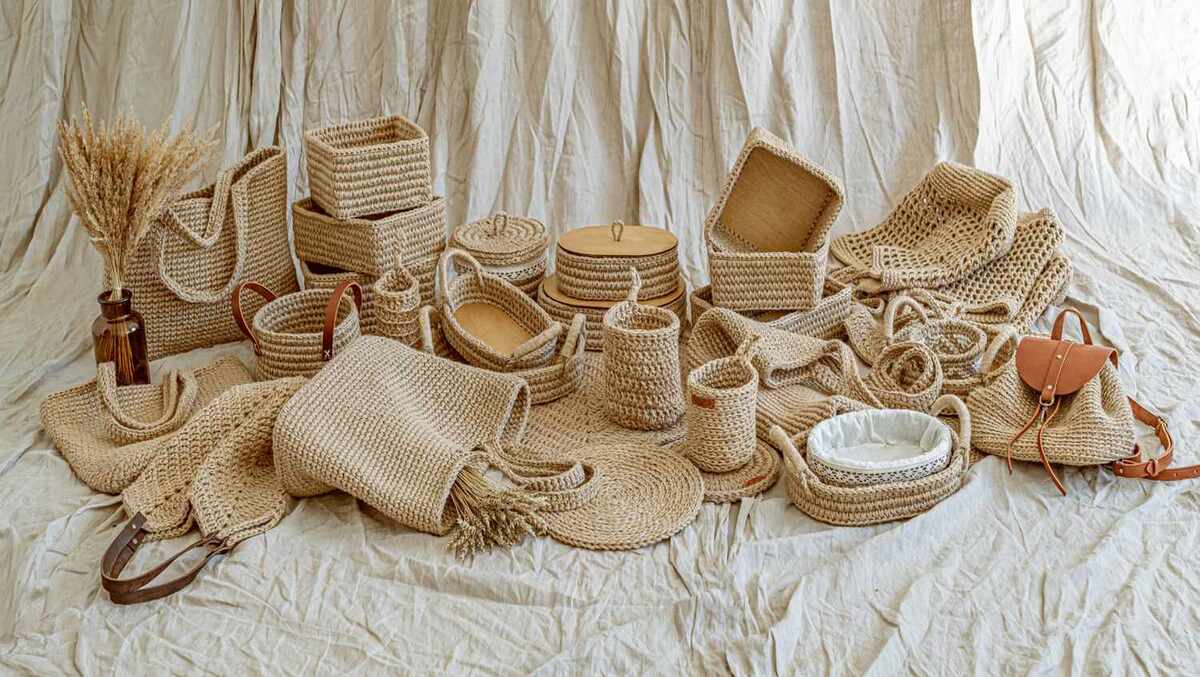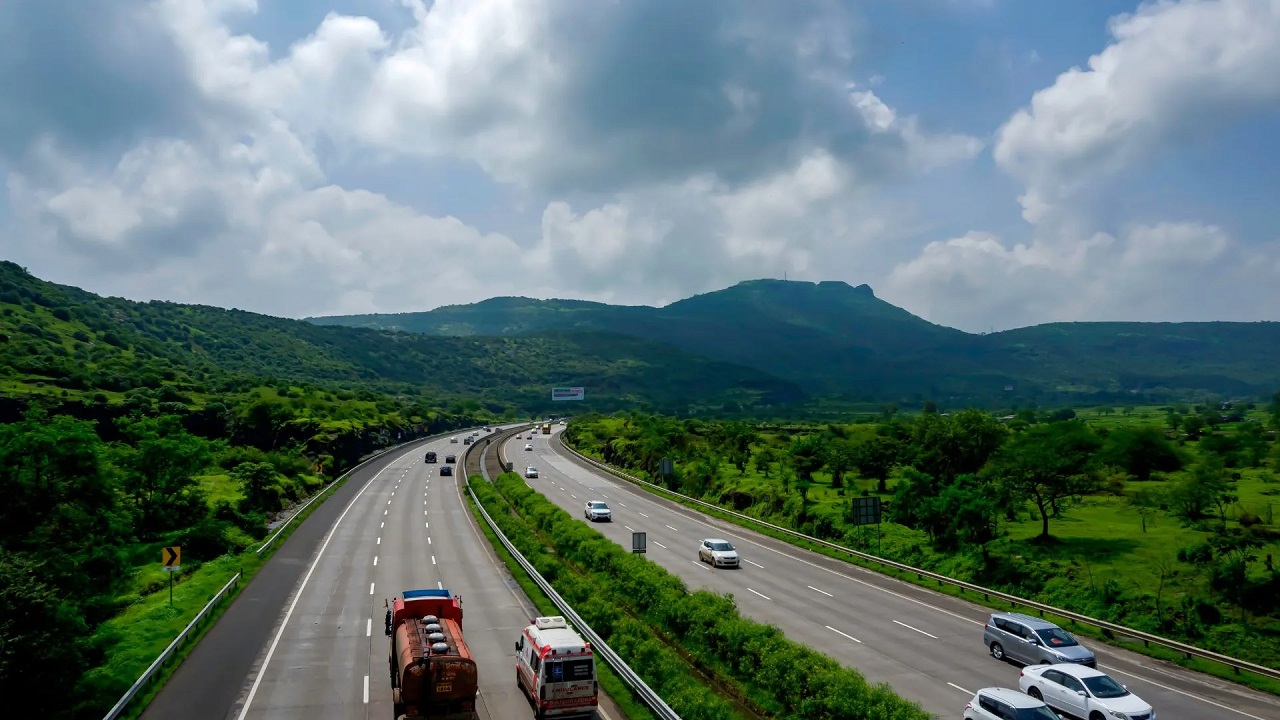Context:
To boost livelihoods in the non-farm sector, Ministry of Rural Development organized a webinar on Jute Craft recently.
Background:
The Indian Jute Industry is a very old & predominant in the eastern part of India.India is the world’s largest producer of raw jute and jute goods , contributing to over 50 percent and 40 percent respectively of global production.
About Jute and its cultivation:
- Jute is one of the most important natural fibers after cotton in terms of cultivation and usage. Cultivation is dependent on the climate, season, and soil.
- Almost 85% of the world’s jute cultivation is concentrated in the Ganges Delta. This fertile geographic region is shared by India (mainly West Bengal) and Bangladesh.
- The cultivation of jute in India is mainly confined to the eastern region of the country . The jute crop is grown in nearly 83 districts of seven states – West Bengal , Assam , Orissa , Bihar , Uttar Pradesh , Tripura and Meghalaya . West Bengal alone accounts for over 50 percent raw jute production.
- China also has a dominant place in jute cultivation. On a smaller scale, Thailand, Myanmar (Burma), Pakistan, Nepal, and Bhutan also cultivate jute.
- Temperatures ranging to more than 25 °C and relative humidity of 70%–90% are favorable for successful cultivation.
- Jute requires 160–200 cm of rainfall yearly with extra needed during the sowing period.
- River basins, alluvial or loamy soils with a pH range between 4.8 and 5.8 are best for jute cultivation.
- Plain land or gentle slope or low land is ideal for jute cultivation. Since the jute seeds are small in size, land should be finely tilled, which can be done by careful ploughing.
- There are two main types of Jute : Olitorius and Capsularis.
- Jute takes 4 to 5 months to mature.

.jpg)


Comments (0)